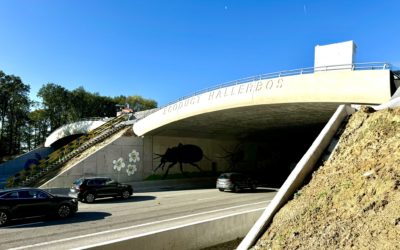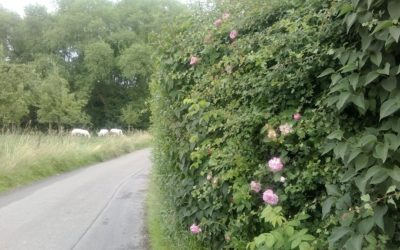1,250 metres of double-row hedges planted in Amay.
Otter across the border
Das Projekt
The European otter as a protected species is the focus of this project, which aims to connect populations in the Netherlands, Flanders and western Germany. In the 1980s, the otter was extinct in the Netherlands and Flanders, but recent efforts led to a thriving population in the north of the Netherlands. The otter now also appears sporadically in Flanders, but urgent improvements in habitat and ecological connections are needed.
The project focuses on three aspects to improve connectivity: traffic (reducing collisions), wetlands (restoring marshes and rivers) and food (ensuring sufficient and quality fish). These efforts also have positive effects on wider environmental issues such as climate adaptation, water quality, biodiversity and natural solutions.
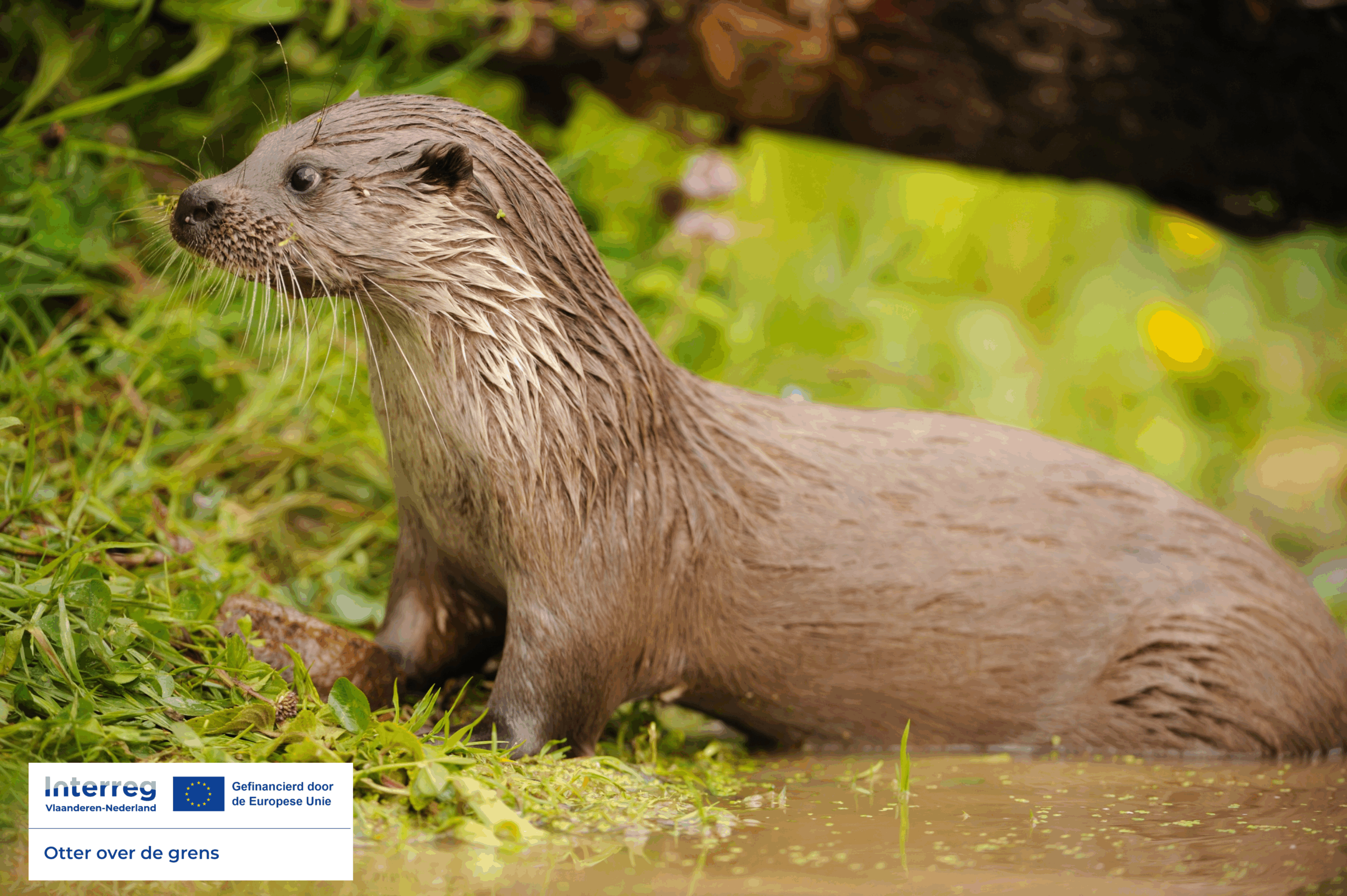
Projektstandort
Beitrag(e)
Projektkosten
Teilnehmer
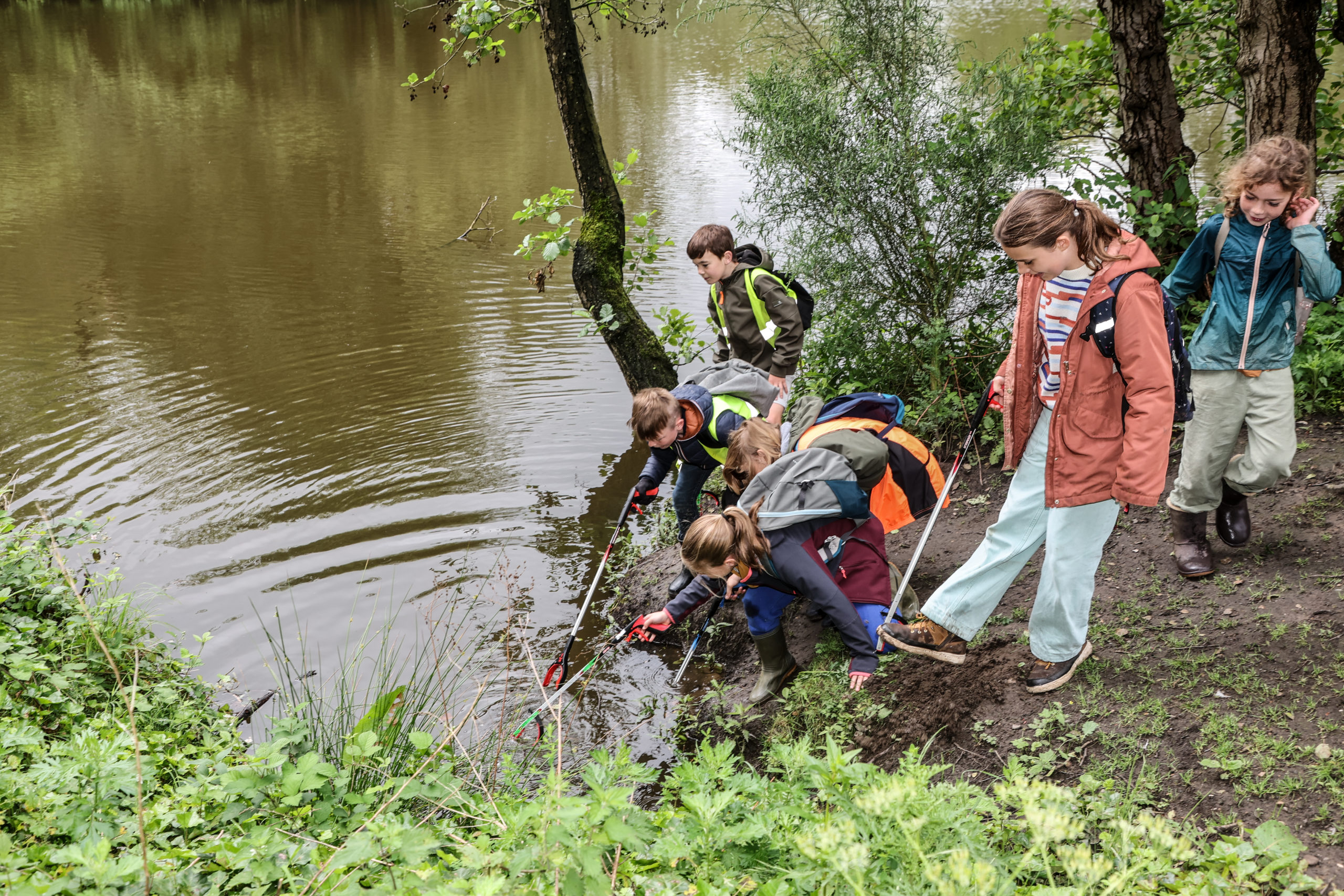
The Netherlands and Flanders are working closely together to align vision, design and management. This way, we realise a resilient and connected network of wetlands that benefits otters as well as other species. The Netherlands already has a lot of experience with defragmentation. In Flanders, despite intensive preparation such as drawing up the otter species protection programme, there is still insufficient budget for extensive measures. Therefore, within this project we focus on Flemish bottlenecks and work closely with Dutch partners such as ARK, Zoogdiervereniging, provinces, water boards and Rijkswaterstaat to avoid technical mistakes and share knowledge.
Together with involved water and nature managers, we are committed to robust and climate-proof nature.
The following partners cooperate in this project: Flemish government, INBO Eigen Vermogen, Limburgs Landschap, Province of East Flanders, Regionaal Landschap kempen en Maasland vzw, Regionaal Langschap Schelde-Durme, Vlaamse Milieumaatschappij, WWF Vlaanderen, Durme vzw, Municipality of Breda, Province of Antwerp, Regionaal Landschap de Voorkempen, Regionaal Landschap Rivierenland, Sticking ARK, Waterschap Brabantse Delta, Zoogdiervereniging.
Wie werden die Kriterien des Ziels erfüllt?
Ökologische Konnektivität
- Erleichterung der sicheren Wanderung von Tier- und/oder Pflanzenarten durch die verschiedenen Zonen des grün-blauen Netzes;
- Have respect for and/or improve the environmental and ecological characteristics of the area.
Mögliche Initiativen, an denen das Projekt beteiligt ist:
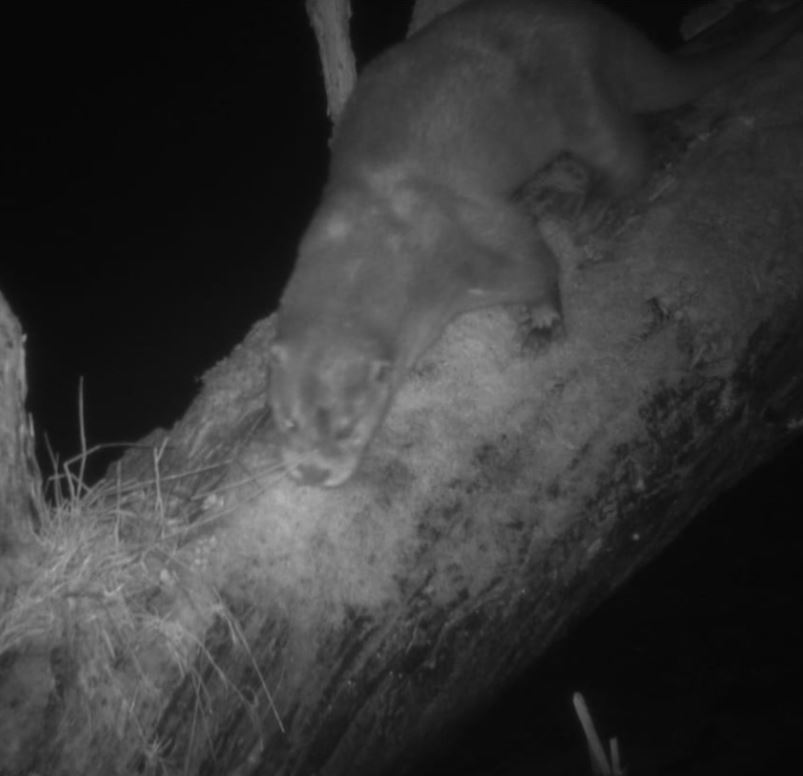
Langfristige Wartung
All measures will choose sustainable materials and take climate change into account. Agreements with future infrastructure owners will stipulate that they are responsible for maintenance.
Vorteile
The Interreg project ‘Otter across the border’ wants to know where otters live in our border region. To map this, we use eDNA (environmental DNA) techniques, supported by traditional monitoring methods. This will give us a clear picture of the presence, origin and habitat use of otters. With this project, we not only want to map otter populations, but also contribute to a healthier and sustainable habitat for all aquatic animals in our border area. Therefore, we are also investigating fish communities and habitat pollution.
More wetlands are not only good for the otter, but also help fight climate change through water storage and carbon sequestration. Moreover, it provides habitat for 40 per cent of all animal species, benefiting biodiversity.
The otter acts as an ambassador for clean water and wetlands, making the project not only great news for the return of this top predator, but also an opportunity to educate the general public about the importance of biodiversity and natural solutions. The challenges require an integrated approach in which managers, policymakers and the general public will be actively involved.
Knowledge sharing within this project goes beyond project communication and is therefore elaborated in a separate work package. We organise workshops, excursions and conferences to share experiences and insights. All partners contribute to these activities, with specific tasks for certain organisations. The knowledge gained will remain available after the project ends via digital platforms and publications.
Other projects linked to the objective: "Ecological connectivity"
VAPEO
Flemish Action Programme Ecological Defragmentation
Behaag je tuin
Joint purchase of native hedges, hedgerows, wood edges and high-stemmed (fruit) trees

